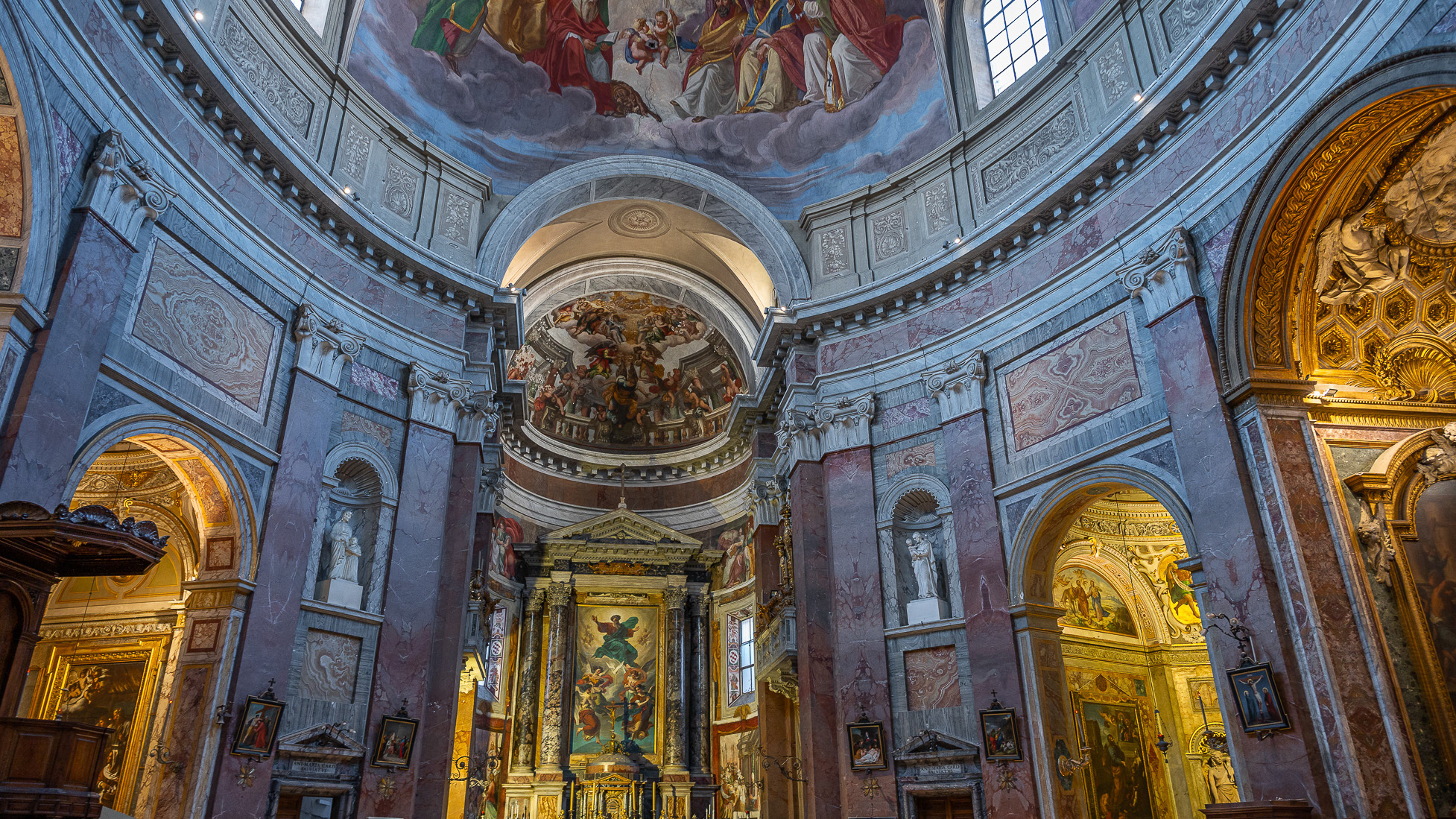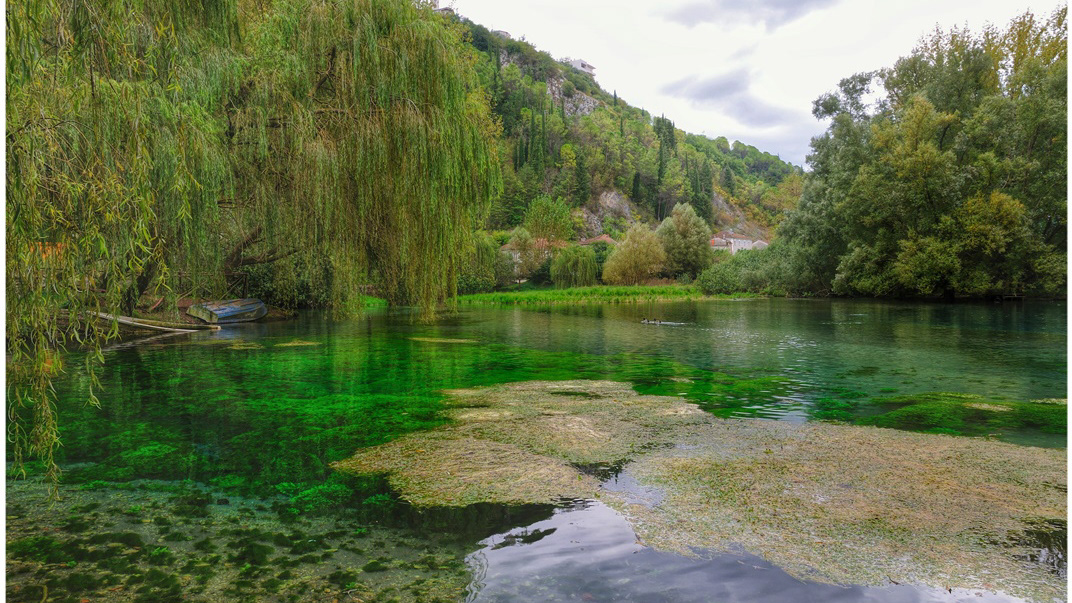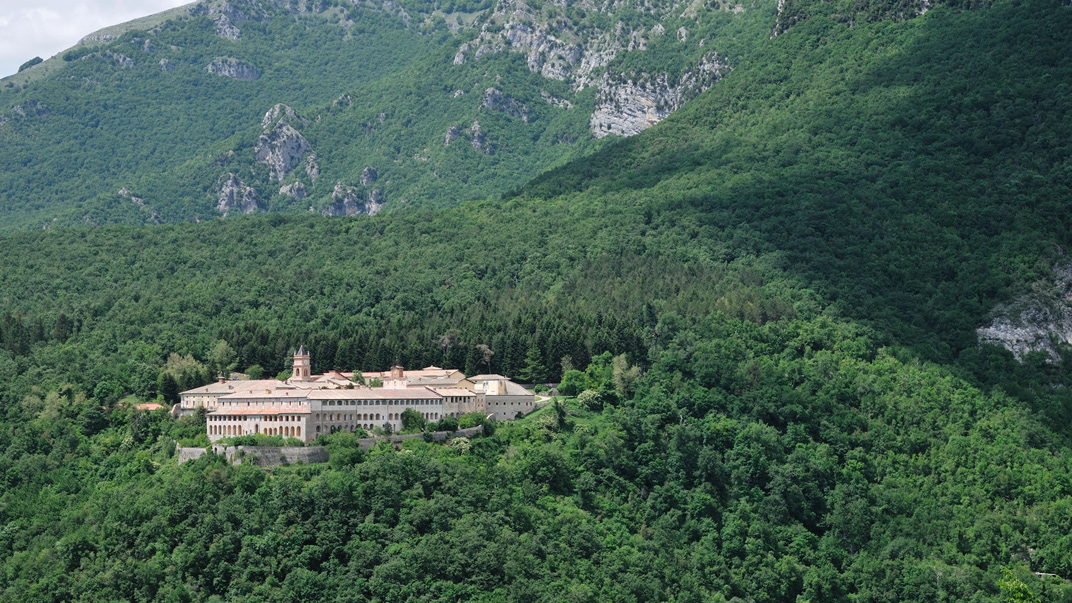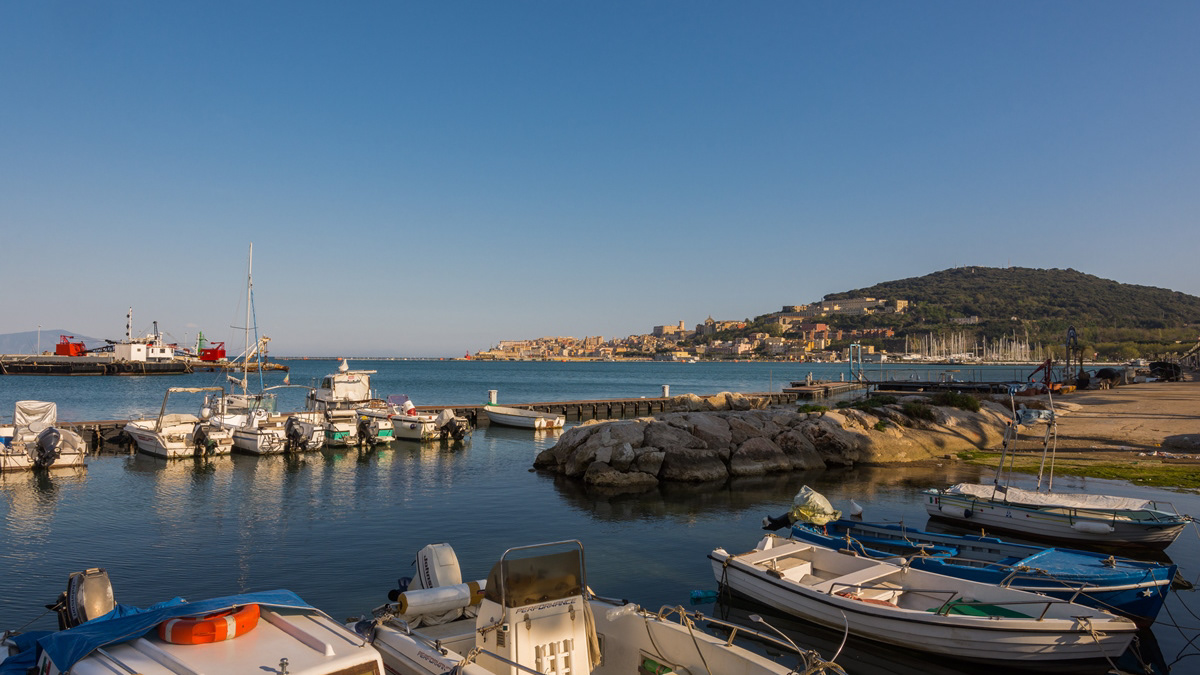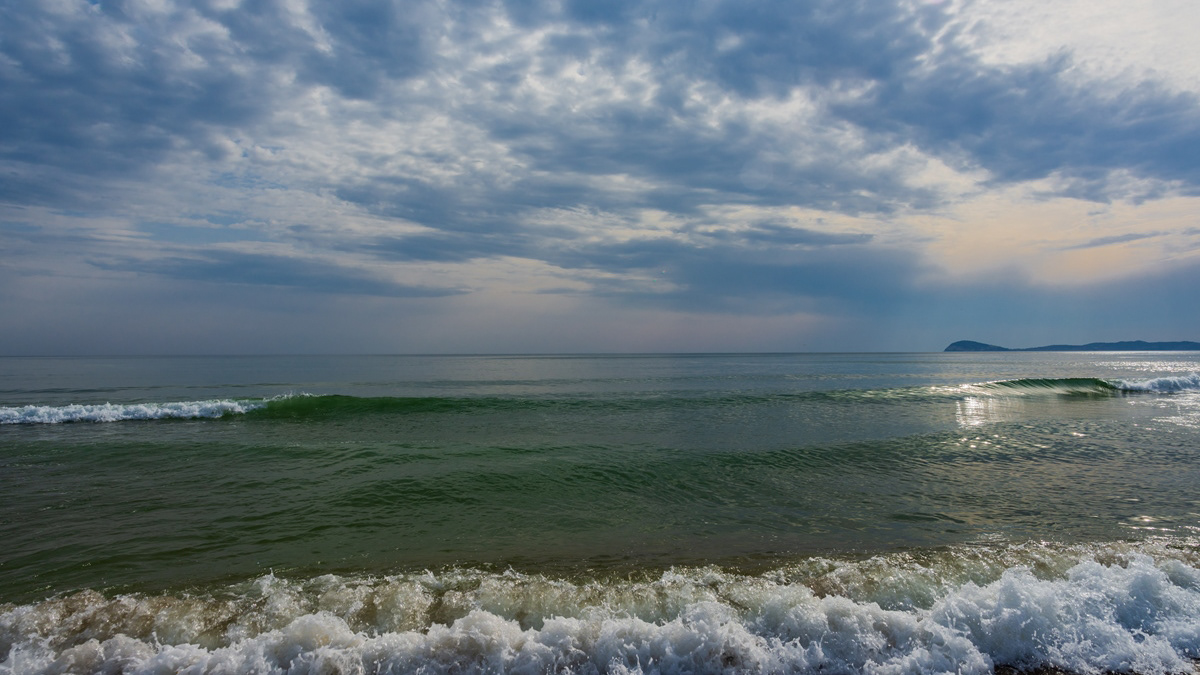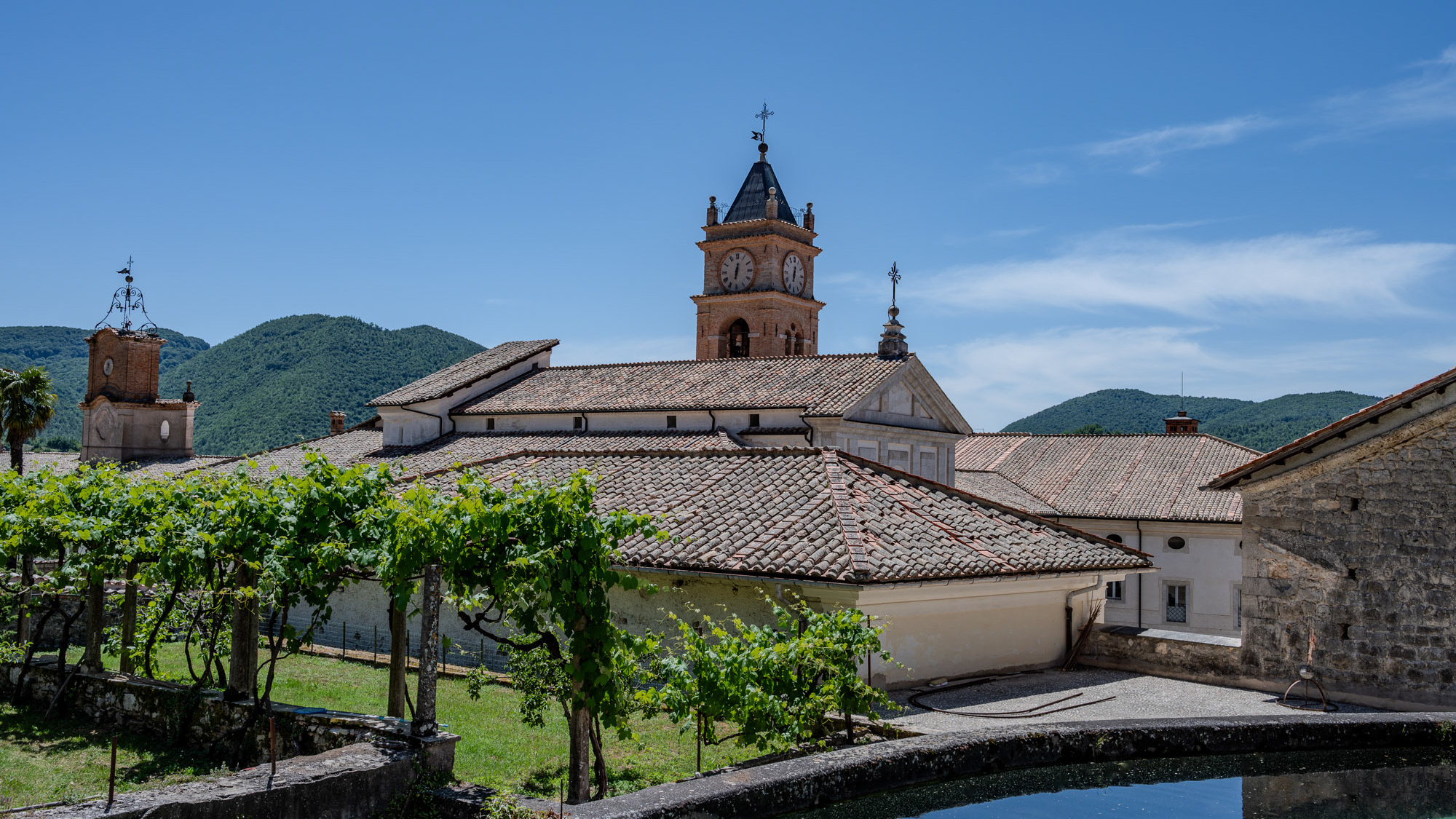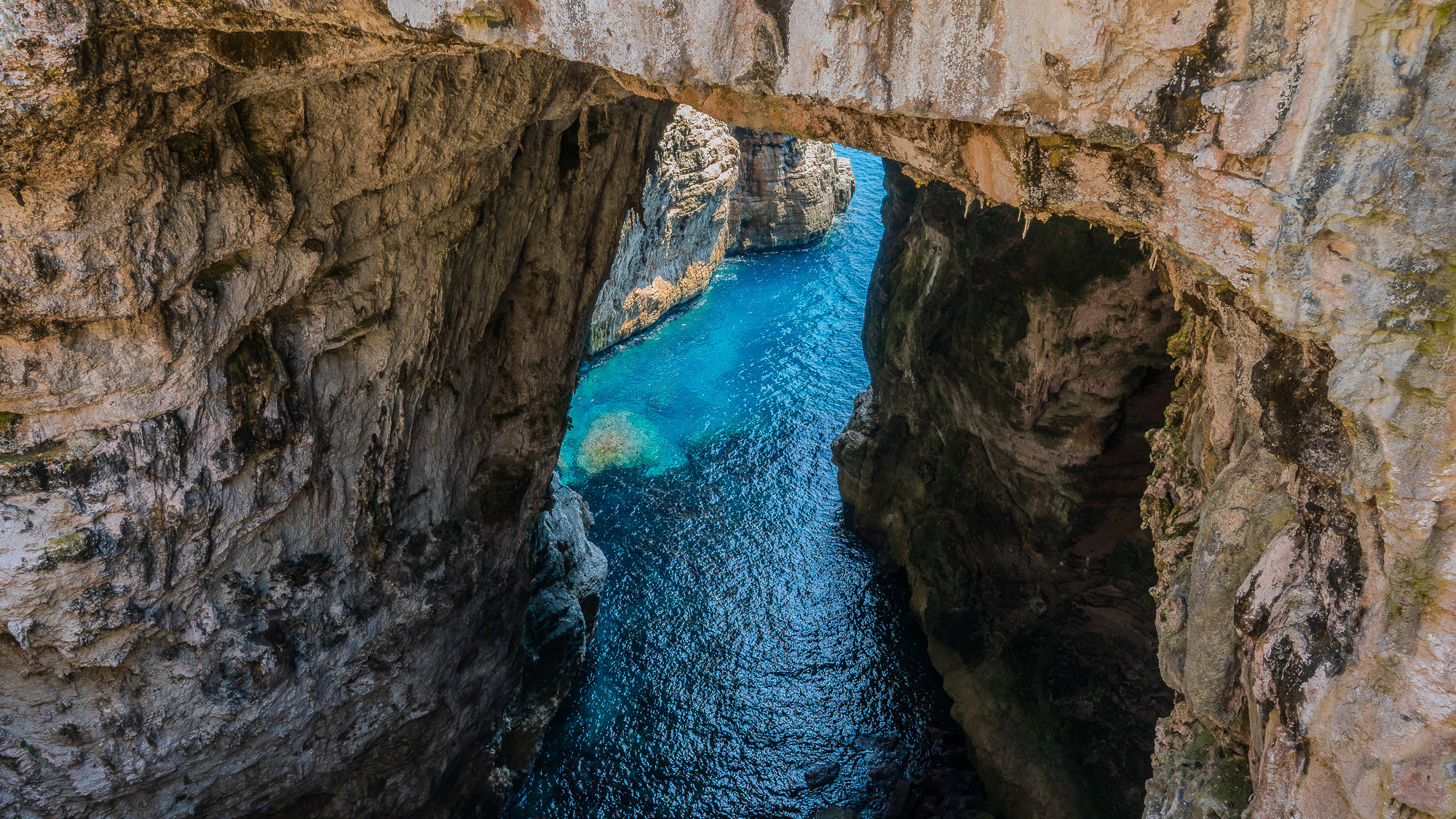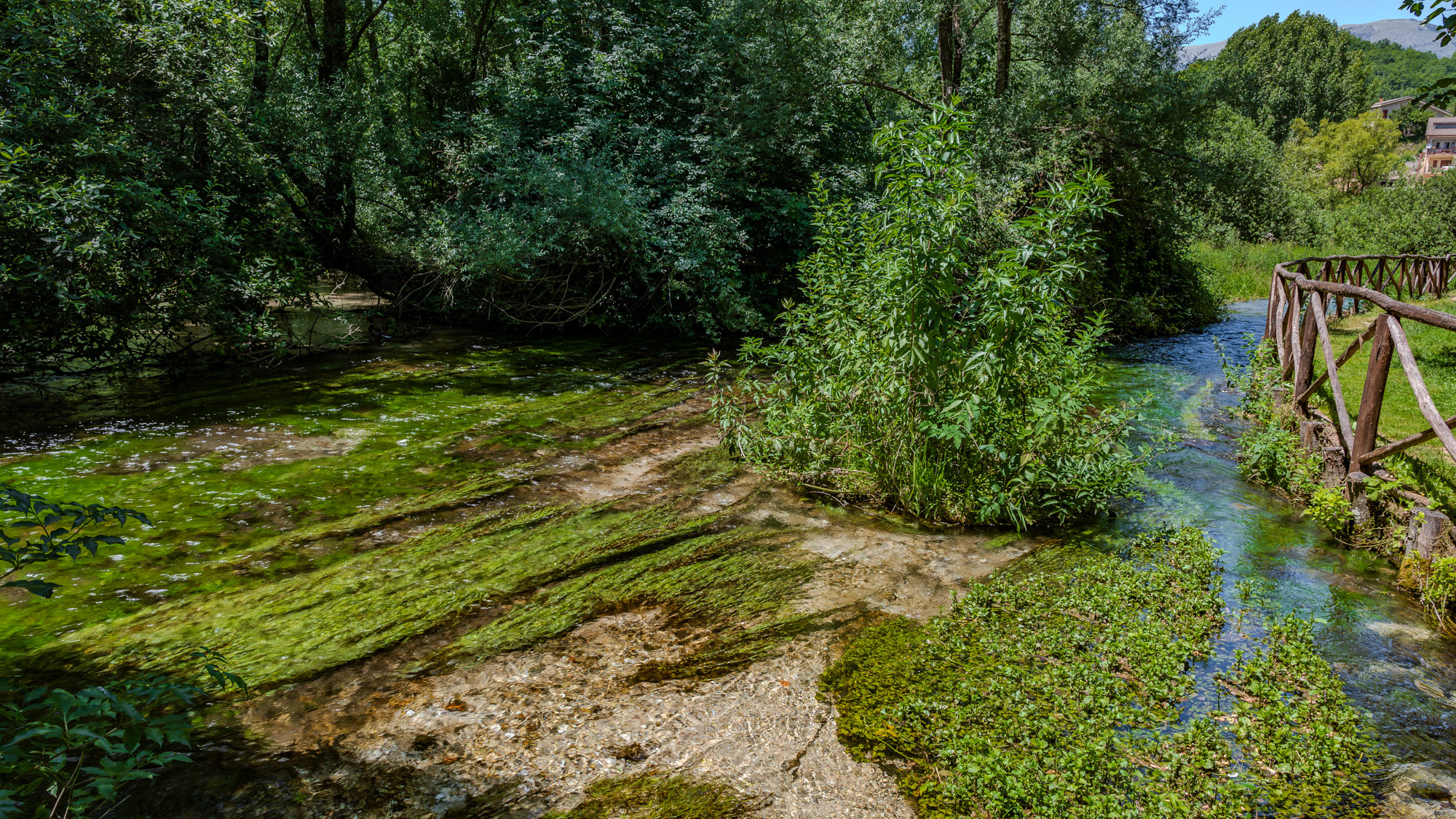Priverno. Co-Cathedral of Santa Maria Annunziata
The diocese of Priverno has very ancient origins (figures of martyrs from the early centuries and the recent discovery of the remains of the ancient Paleochristian Cathedral in the archaeological site of Privernum, a Roman city). But the first certain evidence (documents and acts of jurisdiction) date back to the second half of the 8th century, when the signature of Bishop Boniface of Priverno also appears among the signatories of the acts of the Lateran Council called by Pope Stephen III. The diocesan cathedral, also very remote, was destroyed by a fire in 1159, later rebuilt and consecrated by Pope Lucius III in 1183. The building was renovated with various attempts starting from the seventeenth century until reaching the current layout with the addition of the side chapels. The final restoration, which took place between 1776 and 1780, brought about some alterations in a Baroque style with a central-southern influence.
You may also like
